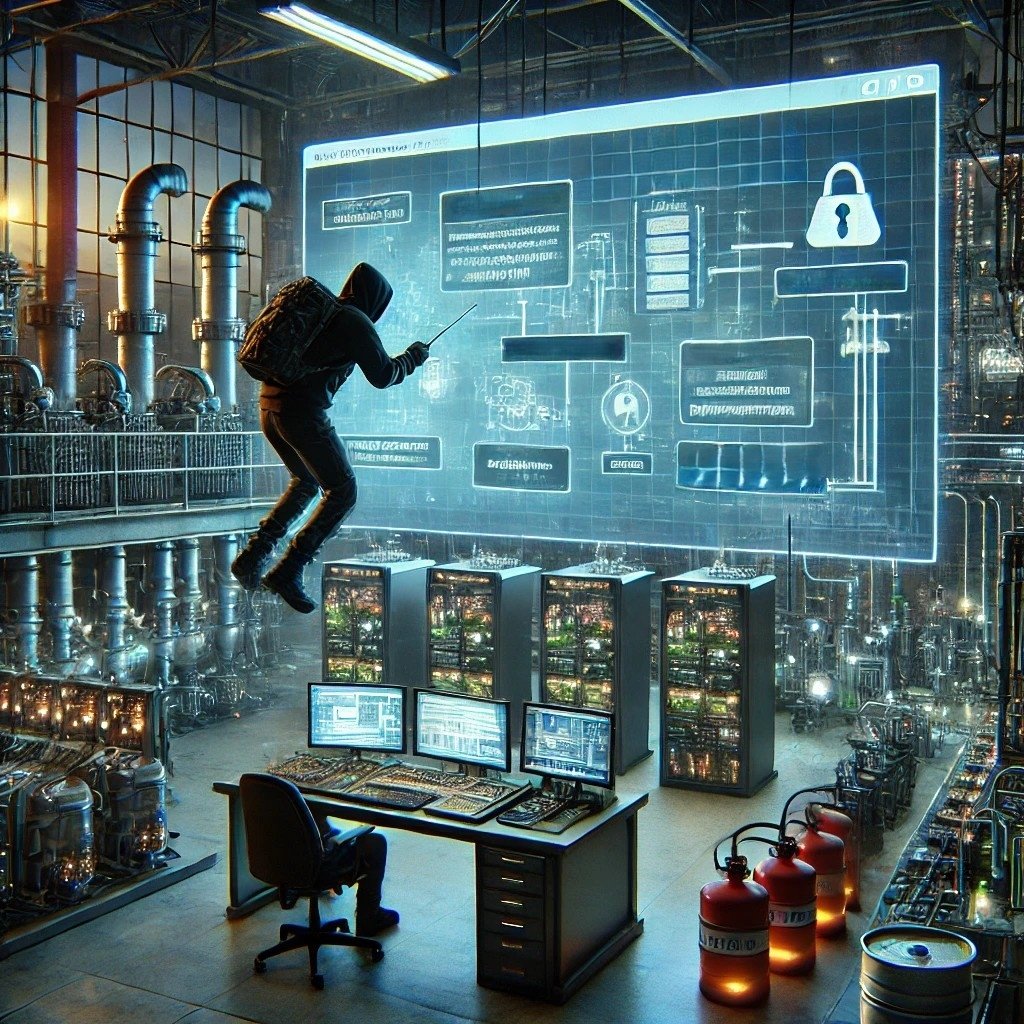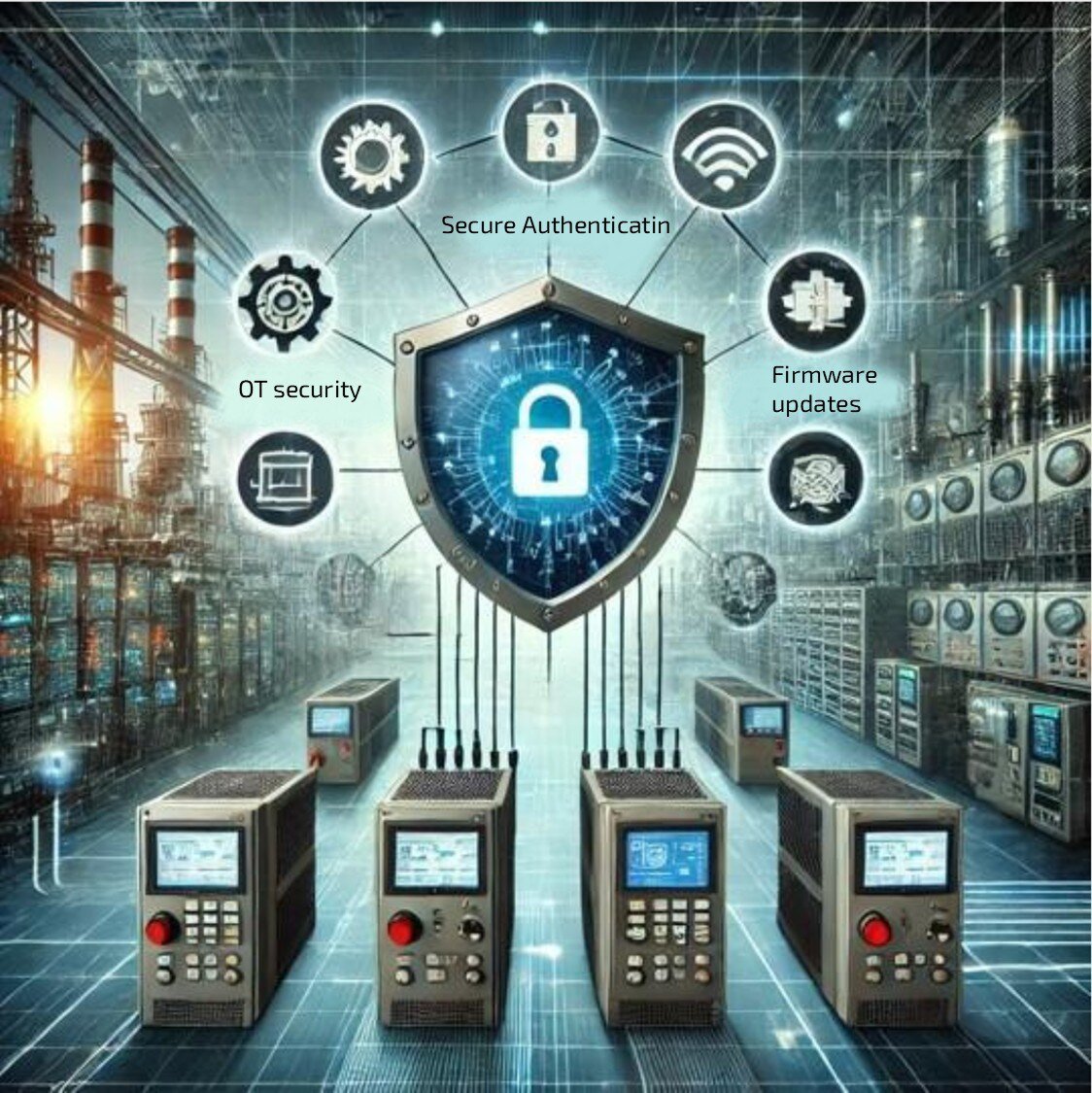Intrigue and Defense in Critical Industries Unveiling the Cyber Battlefield

In the digital age, where connectivity is ubiquitous, the battleground of cybersecurity stretches far beyond the realms of computer screens and networks. Nowhere is this more evident than in critical industries like energy, transportation, and water management, where cyber threats posed not just virtual risks, but tangible ones that could disrupt daily life and even endanger lives.
Real-world Consequences
Imagine the scene: the Municipal Water Authority of Aliquippa, a vital institution responsible for ensuring clean water for its community, suddenly fell victim to a cyberattack. The perpetrators, known as Cyber Av3ngers, infiltrated the system, seizing control of a crucial booster station. Though the drinking water remained safe, the breach served as a wake-up call, highlighting the vulnerabilities inherent in our essential infrastructure.

Across the globe, similar incidents unfolded with alarming frequency. In Iran, a coordinated cyber assault orchestrated by the enigmatic group "Predatory Sparrow" plunged 70% of the country's petrol stations into chaos, triggering panic buying and fuel shortages. The attack targeted the very heart of the nation's fuel distribution systems, illustrating the devastating impact cyber warfare could have on a nation's economy and stability.
But the threat extended beyond mere inconvenience. In a chilling display of power, Predatory Sparrow struck again, this time at a steel factory in Iran. By manipulating industrial control systems, they unleashed havoc, causing machinery to malfunction and triggering a catastrophic fire. Lives were endangered, and critical infrastructure was left in ruins, underscoring the real-world consequences of cyber aggression.
These harrowing tales were not confined to distant lands. In the United States, the Colonial Pipeline, a lifeline for fuel transportation, fell prey to ransomware attackers, forcing a shutdown that sparked widespread fuel shortages and economic turmoil. Meanwhile, in Denmark, a cyberattack on Supeo, a key provider of railway management solutions, brought the nation's trains to a standstill, disrupting the lives of countless commuters.
Strengthening Cyber Defenses

As these incidents demonstrated, the threat landscape was evolving, with cyber adversaries growing ever more sophisticated and relentless in their pursuit of chaos. But amidst the shadows of uncertainty, there was hope. By learning from past attacks and embracing proactive measures, we could fortify our defenses and safeguard our critical infrastructure against future threats.
So, what could be done to protect our vital systems from the scourge of cyber warfare? The answer lay in a multi-faceted approach that combined cutting-edge technology with human vigilance. From implementing robust authentication mechanisms and encryption protocols to fostering a culture of cybersecurity awareness, every action we took brought us one step closer to resilience.
Moreover, as the landscape continued to shift, it was imperative that we remained vigilant and adaptive, anticipating the next wave of cyber threats before they materialized. Advancing authentication methods from legacy systems, such as usernames and passwords, to more secure options like One-Time Authentication Codes (OTAC), was paramount. Additionally, by harnessing the power of artificial intelligence to fortify our defenses and fostering collaboration with industry partners to share threat intelligence, we could maintain a proactive stance against cyber adversaries, ensuring the safety and security of our critical infrastructure.
In the end, the battle for cybersecurity was not just about protecting data or thwarting hackers—it was about safeguarding the very foundations of our society. By joining forces and confronting the challenges head-on, we could forge a future where our critical infrastructure remained secure, resilient, and impervious to the ever-present threat of cyber warfare.
--------------------

swIDch will continue its quest to innovate and pioneer next-generation authentication solutions. To stay up-to-date with the latest trends sign up to our newsletter and check out our latest solutions.

When people think of cyberattacks, they often picture stolen data, financial fraud, or personal privacy violations.

In the realm of Operational Technology (OT), the security measures applied to protect critical infrastructure systems

In the world of Operational Technology (OT), firmware updates are a necessary but often overlooked aspect of
Looking to stay up-to-date with our latest news?